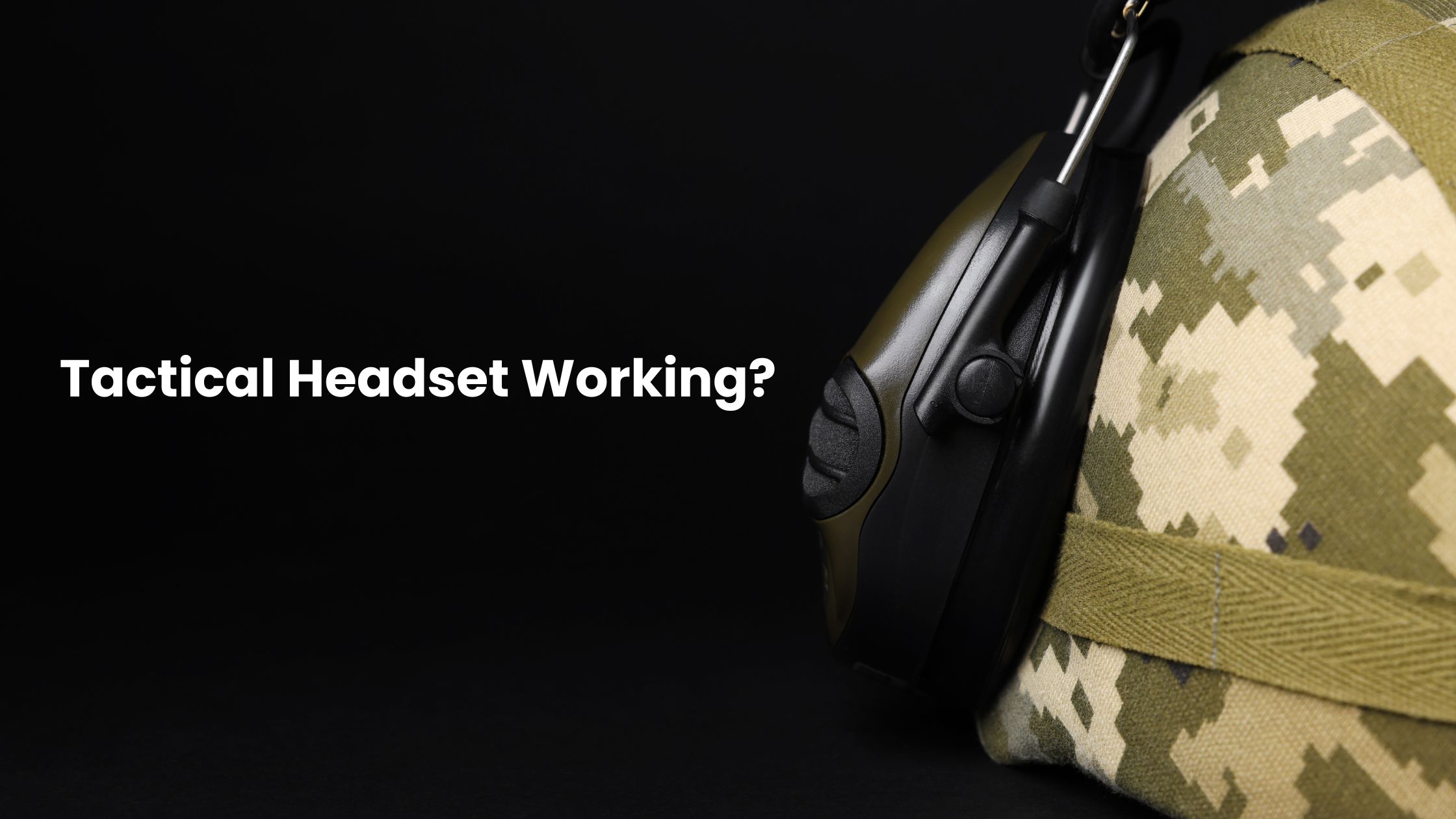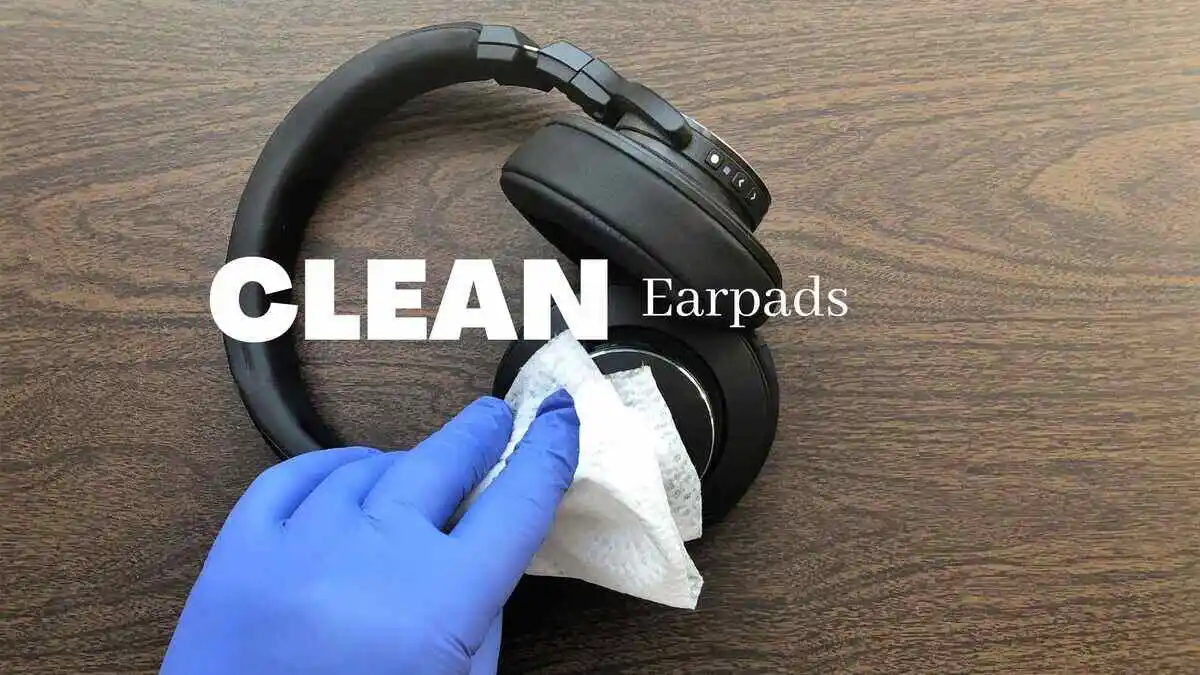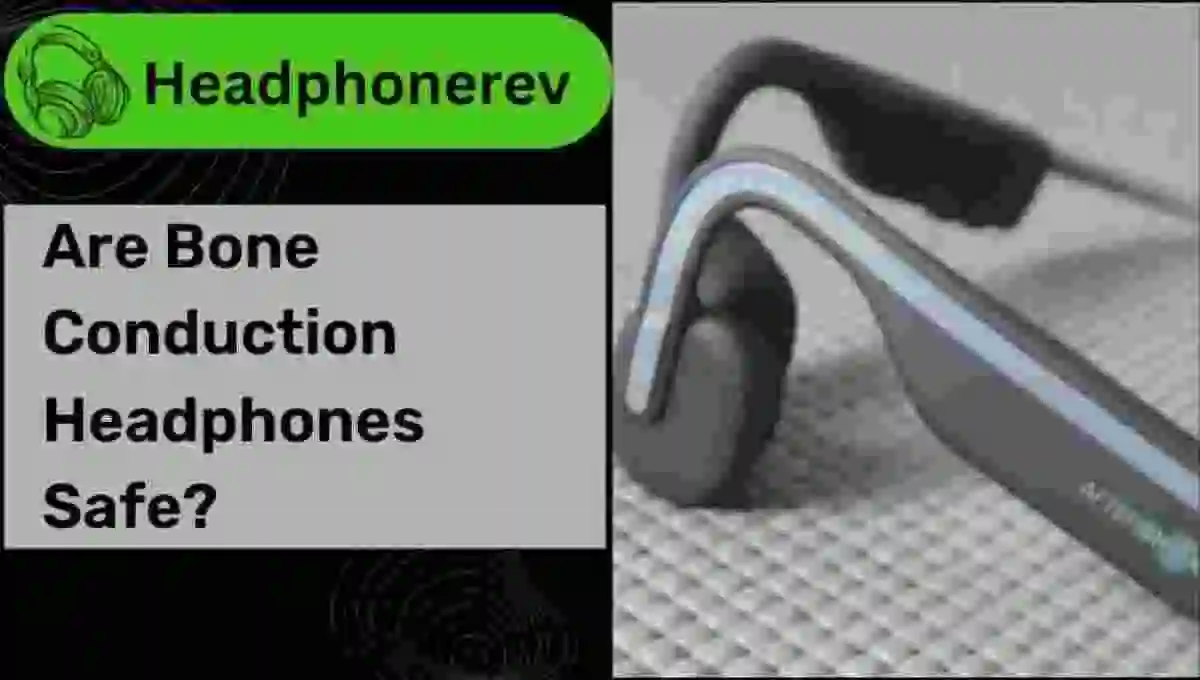Tactical headsets are specialized communication devices used primarily by military, law enforcement, and emergency response personnel to enhance communication, situational awareness, and overall effectiveness during missions or operations. These headsets incorporate a range of technical, practical, and scientific features to fulfill their role effectively.
They are different in working from normal headphones. Lets see how do tactical headsets work.
How Do Tactical Headsets Work?
Tactical headsets work by seamlessly integrating advanced communication technologies, noise reduction features, and situational awareness enhancements.
They enable secure and clear communication in challenging environments, while their rugged build and adaptable design ensure reliable performance, ultimately enhancing operational effectiveness for military, law enforcement, and emergency personnel.
Here we have provided use of each of the features of tactical headset. How they work.
What are the features of tactical headset?
| Feature | Values/Characteristics |
|---|---|
| Communication Integration | Seamless communication with encrypted two-way radios, intercom systems, and digital networks |
| Secure Communication | Advanced encryption to prevent unauthorized access and interception |
| Radio Compatibility | Supports a wide range of radio frequencies and communication protocols |
| Microphone Technology | Noise-canceling technology, directional microphones for clear voice capture |
| Ear Protection | Dampens loud noises while allowing clear communication |
| Situational Awareness | Bone conduction allows audio without blocking ears, enhancing situational awareness |
| Push-to-Talk Function | Push-to-talk button prevents continuous broadcasting, ensures precise communication |
| Durability | Withstands extreme temperatures, moisture, and physical impact |
| Helmet Integration | Doesn’t interfere with mobility, comfort, or use of other equipment |
| Modular Design | Modular components for easy field repair and replacement |
| Battery Life | Long-lasting battery to support extended missions in remote or hostile environments |
| Adaptability | Designed to cater to various roles such as infantry, special forces, vehicle operators |
| Noise Reduction | Filters out ambient sounds and background noise for clear communication |
| Gear Compatibility | Integrates seamlessly with gear, allowing for cohesive setups |
| Audio Quality | Clear audio quality, enhanced by digital signal processing |
| External Microphone | External microphones enhance situational awareness by capturing surrounding sounds |
| Wireless Connectivity | Provides wireless communication flexibility alongside wired options |
| Encrypted Communication | Ensures confidential communication through encryption |
| Push-to-Listen (PTL) | Allows temporary listening without transmitting, useful for discreet monitoring |
| Tactical Accessories | Works seamlessly with tactical helmets, night vision goggles, and other accessories |
What Are The Current Best Tactical Headsets?
How tactical headphones are different from other headphones
Tactical headphones are distinct from other types of headphones due to their specialized design and features tailored for use in military, law enforcement, and other tactical operations.
Here are some key differences that set tactical headphones apart from regular consumer headphones:
Durability and Ruggedness:
Tactical headphones are built to withstand harsh environments, including extreme temperatures, moisture, and physical impact.
They are designed to endure the rigors of military and tactical operations, making them more durable compared to consumer headphones.
Noise Reduction and Protection:
Tactical headphones often feature advanced noise reduction technology to protect the wearer’s hearing in loud environments, such as combat zones or shooting ranges. Consumer headphones typically don’t offer the same level of noise protection.
Communication Integration:
Tactical headphones are designed to integrate with military communication systems, including encrypted two-way radios and intercoms. This integration allows for secure and coordinated communication among team members.
Secure Communication:
Tactical headphones prioritize secure communication through encryption and secure protocols, ensuring that sensitive information remains confidential and protected from interception.
Situational Awareness:
Many tactical headphones incorporate situational awareness features, such as bone conduction technology or external microphones. These features allow users to maintain awareness of their surroundings while still receiving communication.
Adaptability and Modularity:
Tactical headphones are often modular in design, allowing for field repair and replacement of components. They are also adaptable to different roles within the military or law enforcement, catering to various needs.
Integration with Gear: Tactical headphones are designed to work seamlessly with military gear, including helmets, communication systems, and other equipment. Consumer headphones lack this level of integration.
Push-to-Talk Functionality:
Tactical headphones often include push-to-talk buttons for controlled transmissions. This is crucial for preventing continuous broadcasting and ensuring clear communication.
Battery Life and Efficiency:
Tactical headphones prioritize energy efficiency and extended battery life to support prolonged missions and operations. Consumer headphones may not be optimized for such demanding use.
External Microphones:
Tactical headphones may include external microphones that capture ambient sounds, enhancing situational awareness by allowing users to hear sounds from their surroundings.
Encrypted Communication:
Tactical headphones provide encrypted communication to ensure secure transmissions, whereas consumer headphones typically lack such security features.
Field Use and Maintenance:
Tactical headphones are designed for use in the field and are often built to withstand the challenges of combat and other tactical scenarios. They may offer easier maintenance and repair options compared to delicate consumer headphones.
Conclusion:
In summary, tactical headsets combine technical advancements like noise cancellation, bone conduction, and digital signal processing with practical features like situational awareness and durability to enhance communication and performance for military, law enforcement, and emergency response personnel.
These devices play a critical role in maintaining effective communication and situational awareness in high-stress and challenging environments.


![Raycon E25 Not Charging [12 Fixes]](/uploads/raycon-earbuds-not-charging-1-.webp)


![Are Bose Headphones Waterproof [Official Disclosure]](/uploads/beige-overlay-minimalist-guitar-.jpg)

